What an ideal bass amp for practice should be like
There are many models in the market, but finding an ideal one may take a bit more of your time. If it is your first-time shopping for a bass practice amp, here are a few hints on what an ideal one would look like:
Selecting a combo-amp saves you time as all you need to do is plug in and you are good to go. Instead of dividing your focus on tweaking a separate amp and speaker, you can settle for the combo amp. They combine all the features and controls you need under one roof. At least all the models we’ve covered above are combo types.
It is good to give every manufacturer a chance to prove that their products are of quality. However, if you are unsure of the brand, it is always good to go for the more reputable and established brands like Ampeg and Fender. At least you will be assured that they are capable of providing high-quality products.
Bass practice amps do not have to be as large as those used in large concerts entertaining thousands of people. This means that the cost of purchasing these smaller amps is more pocket-friendly. Select a model that not only fits in your budget, but the quality is not compromised.
Choose the best bass practice amp by the following features
The quality of features you select are important as they will affect the kind of results that you get while playing your bass guitar. Some of the features to look out for include:
Speaker
There is a notion that the larger the speaker, the better the music. That is not so accurate because larger speakers tend to deliver a mushy or heavier sound. Selecting the right size of speaker will produce a tighter sound that won’t rumble the whole house up. A 10–15-inch speaker will do well depending on the size of your practice space. In fact, even a 8-inch speaker but with a powerful output can be sufficient for practicing with a group in a relatively larger room.
Tone controls
 To get the best sound from your amp means tweaking the controls provided to suit the sound of your music. In a reliable bass practice amp, you have controls such as 3band EQ (equalizer), gain control, and volume control. These make up the basic controls that you need to tweak your sound. Any other control features are there to make your life run a bit smoother by providing more options.
To get the best sound from your amp means tweaking the controls provided to suit the sound of your music. In a reliable bass practice amp, you have controls such as 3band EQ (equalizer), gain control, and volume control. These make up the basic controls that you need to tweak your sound. Any other control features are there to make your life run a bit smoother by providing more options.
Power in watts and volume
Being that these amplifier units are for practice only and not professional work, they do not need a lot of power to produce the high volume. Getting a speaker with a large power output does not mean that the volume will equally be high. A 100W amp will only be slightly lower compared to a 50W bass practice amp. If you are not trying to wake up the dead, we suggest you settle for an amp with a power output intended for practice use instead of professional work.
Ease of use
The placement of the amp controls and the input ports is important as you want to have easy access to them. Many of the models in the market place their controls at the top back of the amp, while some such as the Ampeg BA110V2 have front-faced controls which are easy to reach.
Having the controls placed at the back-bottom position may cause people with injuries to strain in order to reach the controls.
Additionally, the knobs/ buttons should be well illustrated and made of quality material to prevent disintegration over time.
Audio compressors do a good job at preventing amps from overloading and damaging the speakers. Look for a model that offers some kind of overload protection so as to avoid irreparable damage.
Construction
Any amp in the marketplace needs a solid and durable construction so as to keep up with constant use. We can come to a consensus that for practice/rehearsals you do not need the tube amplifiers. They are more expensive and produce a warmer tone required for professional use. That is why solid-state amps are preferred for beginners. They are normally made of thick wood and heavy bracing so as to keep up with the vibration produced. They are not as expensive as tube amps, and therefore, they make economic sense.
Warranty
Purchasing electrical products and the availability of warranties only makes sense. Nobody wants to be electrocuted or end up buying sub-standard electrical products. It is important that you get a warranty so that if the product is faulty, the supplier will be liable to offer a credible solution. Depending on the brand you purchase, you may get a warranty ranging from 1 to 5+ years. That is adequate time to assess the quality of the bass amp you got. Once again, no one seems to beat Fender in this aspect as the Fender Rumble 40 v3 has an impressive 5-year warranty.
Quick tips
- Always transport your amp in an upright position to avoid any internal damage.
- Purchase a case to prevent the amp from being exposed to dust/smudges and unnecessary physical impacts.
- Always take your time to balance your EQ so as to get the best sound out of the amp.
- Avoid placing liquids on top of the amp. If the liquid spills over the controls, electrical damage may be experienced.











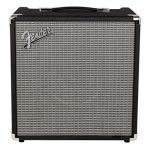



















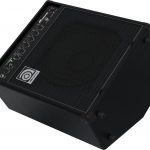






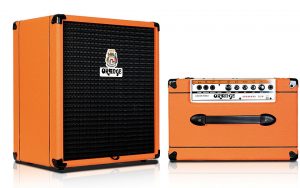



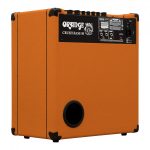

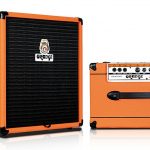


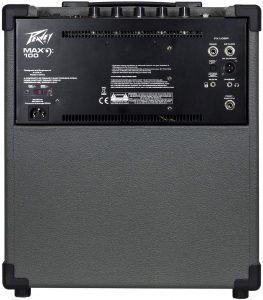




 To get the best sound from your amp means tweaking the controls provided to suit the sound of your music. In a reliable bass practice amp, you have controls such as 3band EQ (equalizer), gain control, and volume control. These make up the basic controls that you need to tweak your sound. Any other control features are there to make your life run a bit smoother by providing more options.
To get the best sound from your amp means tweaking the controls provided to suit the sound of your music. In a reliable bass practice amp, you have controls such as 3band EQ (equalizer), gain control, and volume control. These make up the basic controls that you need to tweak your sound. Any other control features are there to make your life run a bit smoother by providing more options.









